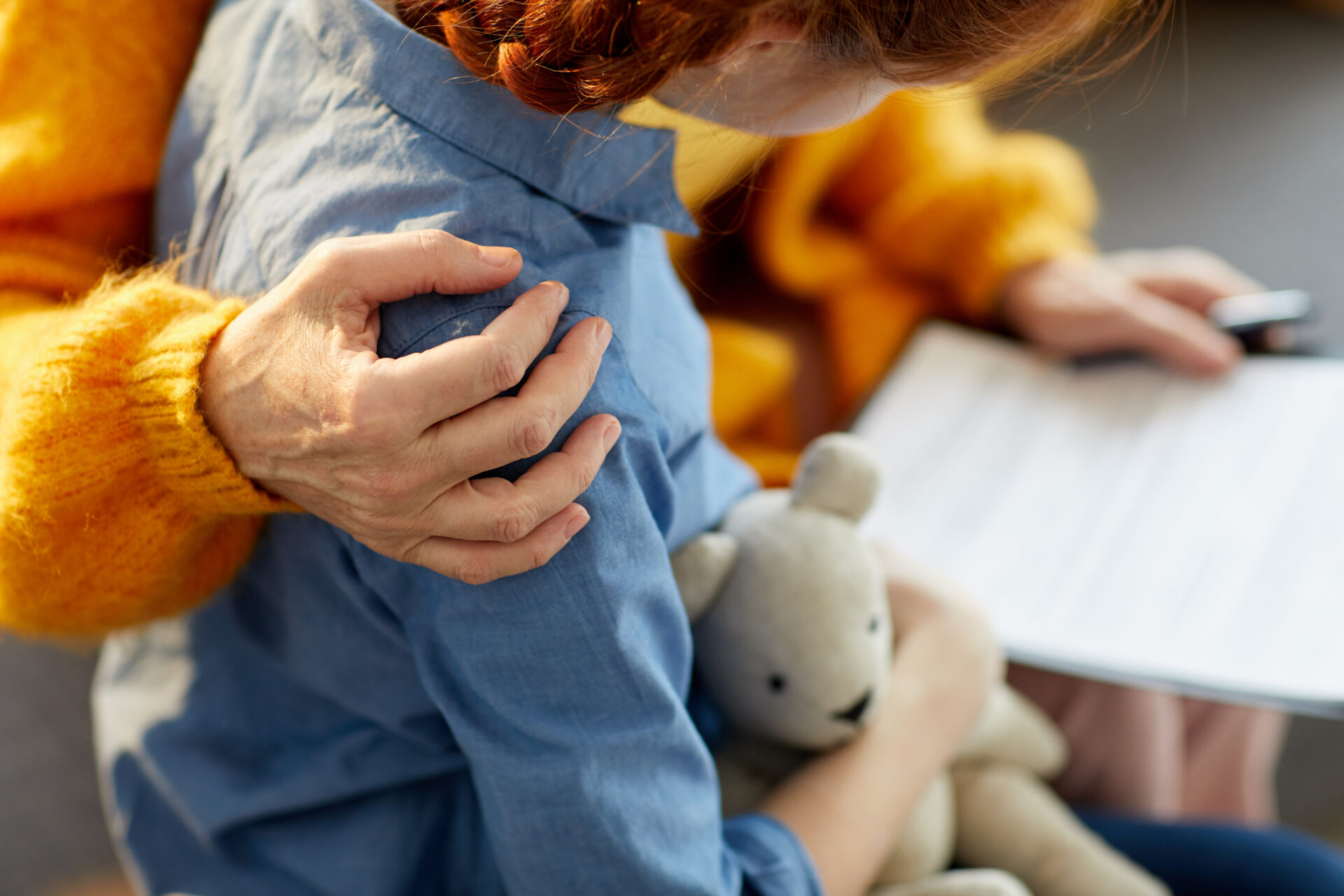One in seven West Virginian children experience anxiety or depression. Appalachia Health News Reporter, Emily Rice spoke with Keith Schemper, adviser for Psychosocial Support at Save the Children about how parents can intervene.
This interview has been lightly edited for clarity.
Emily: So what does the mental health landscape look like in West Virginia?
Schemper: In West Virginia, more than one in seven children, so nearly 45,000 kids, are experiencing anxiety or depression, which is higher than the national average by more than 2 percent. In West Virginia, Save the Children partners with schools in six rural counties to provide early learning programs and resources to children, families and communities, fill in critical gaps and supports for kids and communities where child poverty is as high as 39 percent.
Emily: What steps can be taken to kind of ease the accessibility of mental health care for children in an area like West Virginia?
Schemper: Well, obviously, overall, we need to provide more accessible support, especially in rural communities, you know, but also, we need more touch points. When statistics look bleak, and the issue feels overwhelming, we need to do what we’re doing here today, which is to bring awareness to mental health issues, and then focus on what each of us can do to support ourselves, you know, in our families.
Emily: What are some steps that a parent could take to open up the conversation about mental health for their children?
Schemper: Some steps that you could take to open up the conversation would be things like connecting frequently with your child. So having those regular check-in times, maybe during the morning or evening routines, asking open-ended questions while doing activities together? So not asking “How was your day?” As a child, I would answer that question “fine” probably 99 percent of the time, but rather than asking, “What happened at school today?” or “Tell me about your day?”
Other things you can do is prepare your children for new situations by talking through any small or big changes that are coming up in their lives. It could be the first day of kindergarten, an older sibling going to college or getting a shot at the doctors, and this lets them know what they can anticipate and also can help ease their worry and anxiety. Another step could be to validate your child’s feelings. So telling them it’s okay to feel and express their emotions. And you could even model this as a parent and allow them to identify and name their feelings and work with them on coping skills. And then also just talking through the tough time. So being honest about the facts and using language and terms that your child understands and acknowledging how hard, sad, frustrating what they’re going through must be providing comfort and coming up with solutions together.
Emily: What are some signs of depression and anxiety for parents to look out for?
Schemper: Parents and caregivers know the children in their lives best. So, at the most basic level, they should be looking for changes in behavior from what they would consider typical. So for example, with depression, this might look like you know, feeling sad, hopeless, irritable, a lot of the time, when maybe that’s not typical. Not wanting to do or enjoy doing things they typically find fun and then showing changes, you know, eating patterns, sleeping patterns, or energy levels.
Emily: How would a parent establish that safe space?
Schemper: For one by meeting them at their eye level if they’re younger children, so you’re not hovering over them, by validating their feelings again, asking open ended questions and asking them what their feelings, to help them identify an appropriate emotional label for that feeling.
Emily: And so could you speak to why it is important for parents to take time to take care of their own mental health and what steps they can take to do that, for the benefit of their children as well as themselves?
Schemper: Yeah, when parents support their own needs, they’ll be better able to support the needs of the children in their lives. So this includes maintaining the routine for yourself. Sometimes it’s just simple things. It’s good eating, sleeping, physical activity patterns and regular pulse checking with your own feelings and emotions.
Appalachia Health News is a project of West Virginia Public Broadcasting with support from Marshall Health.
